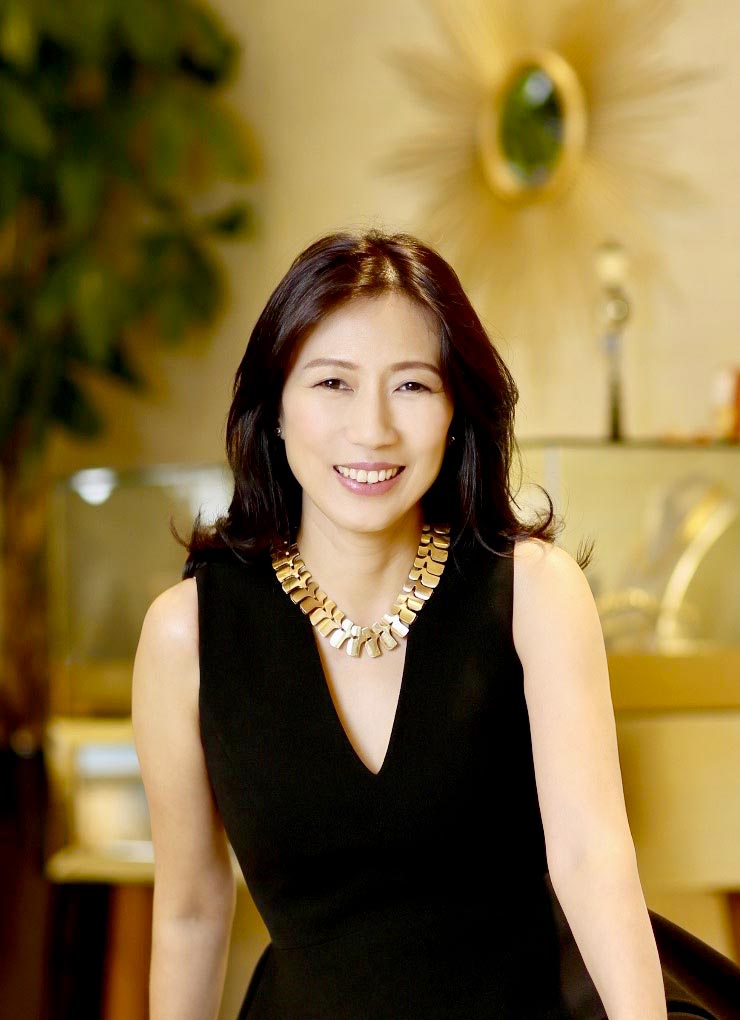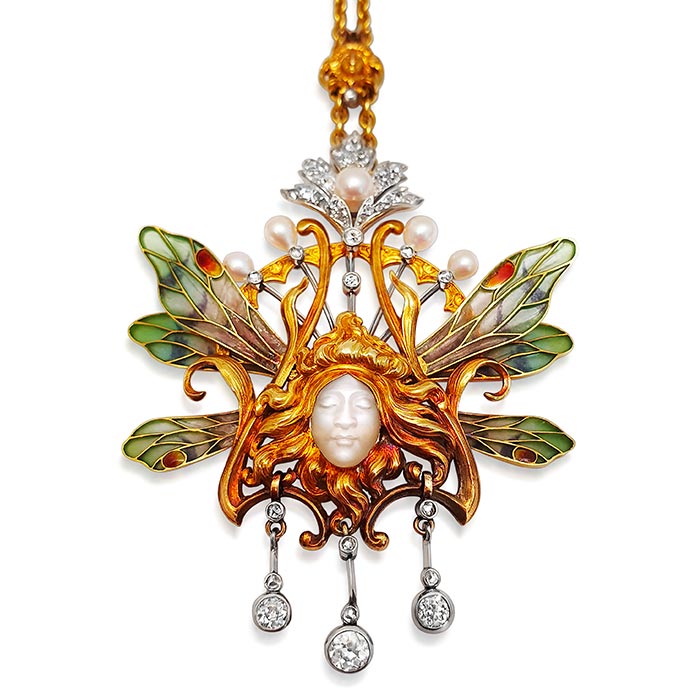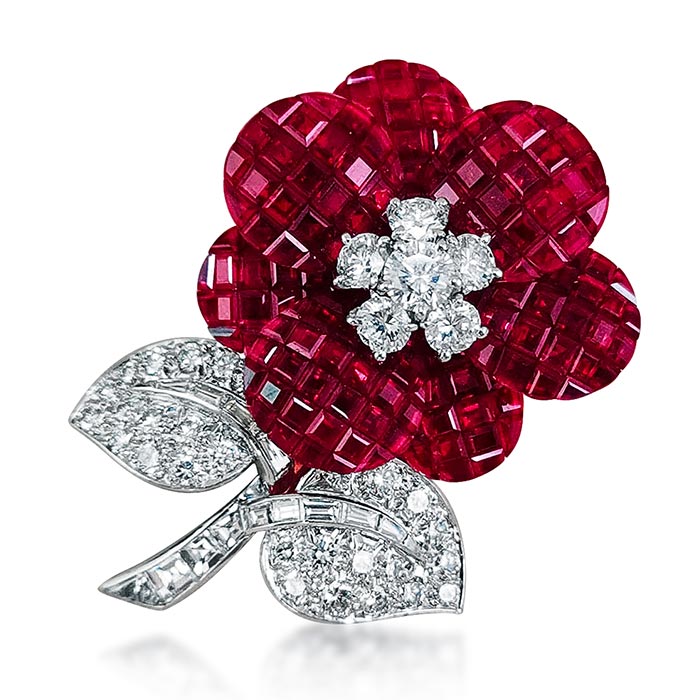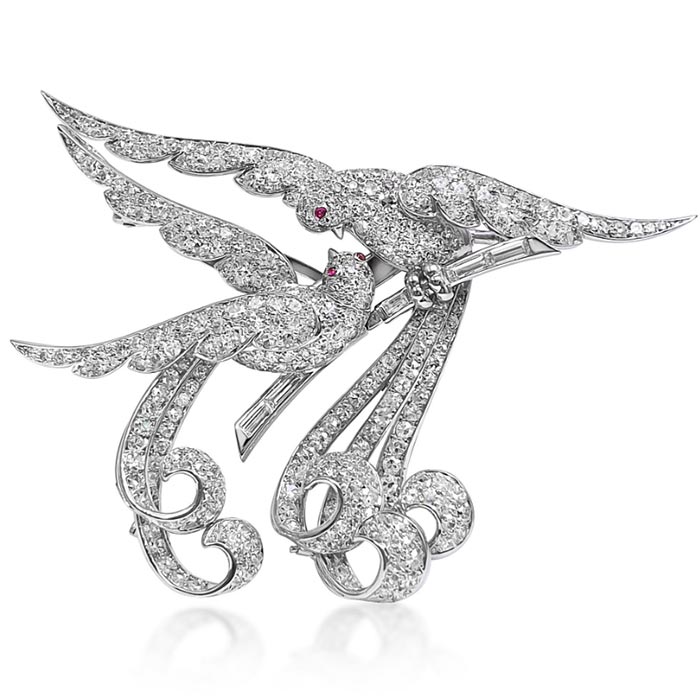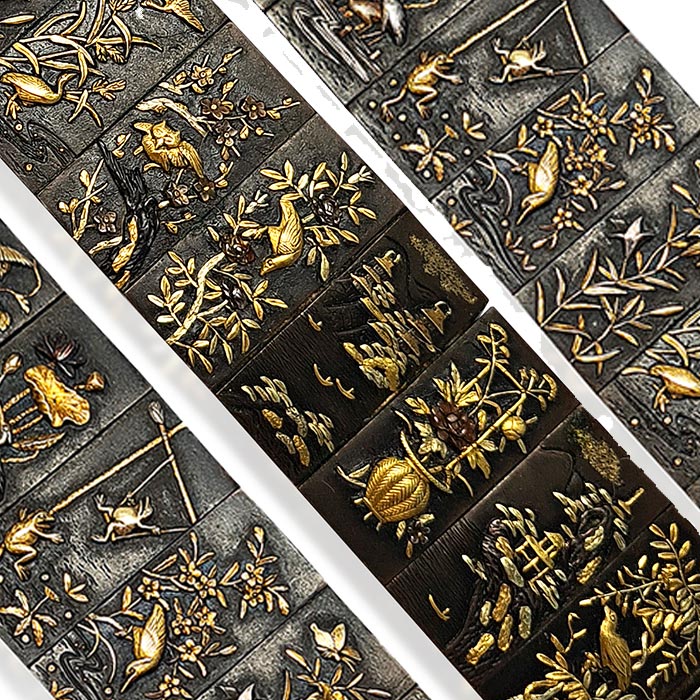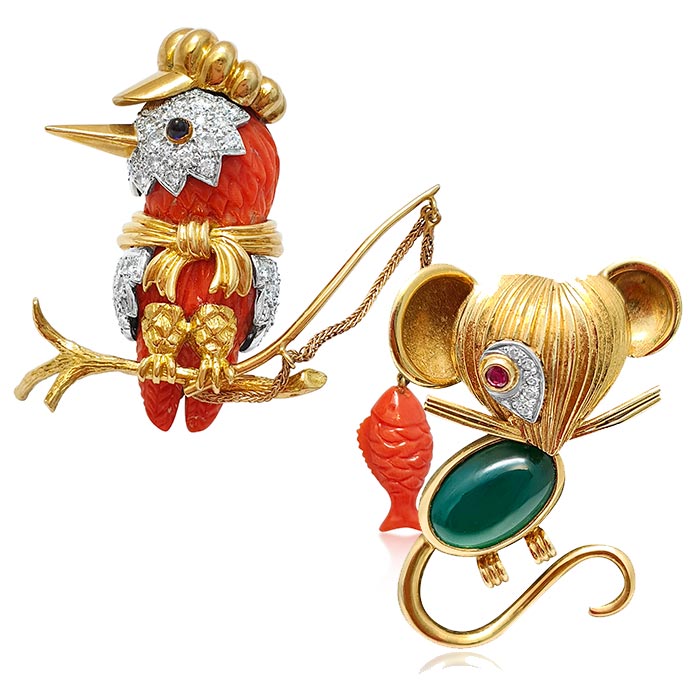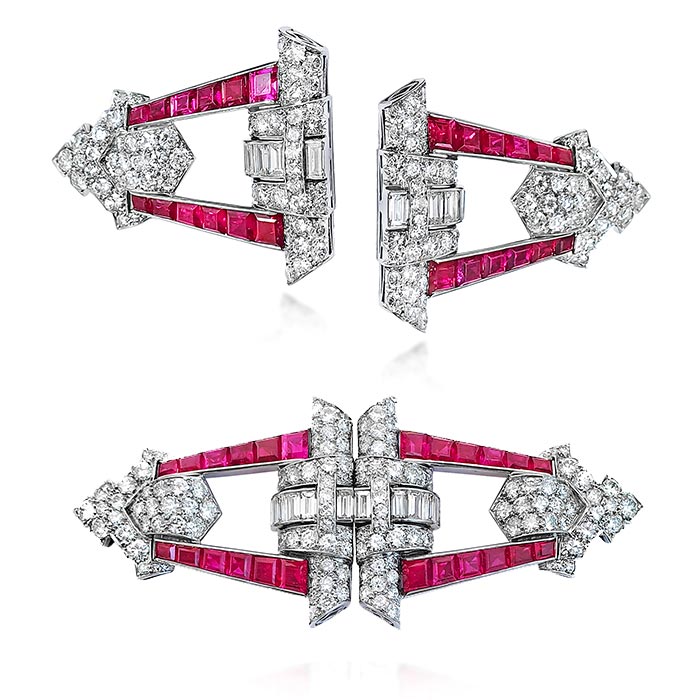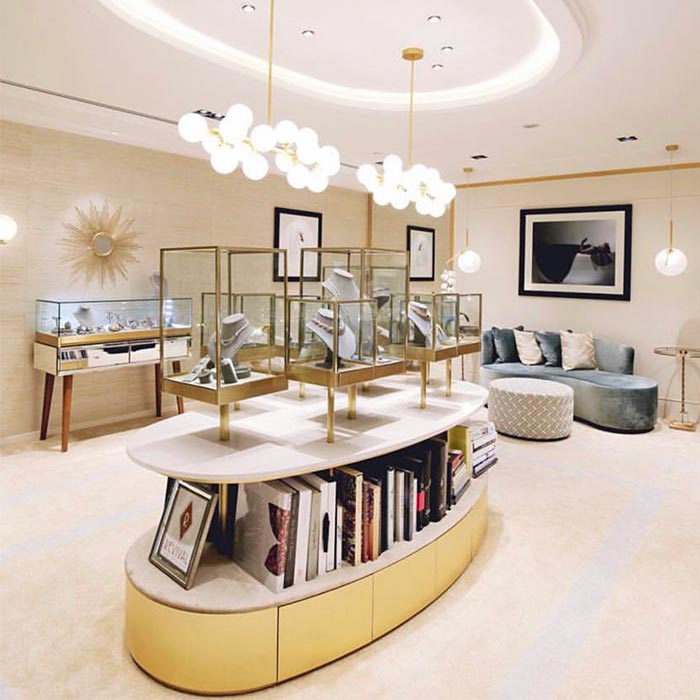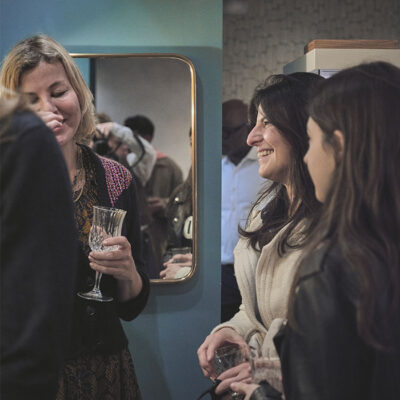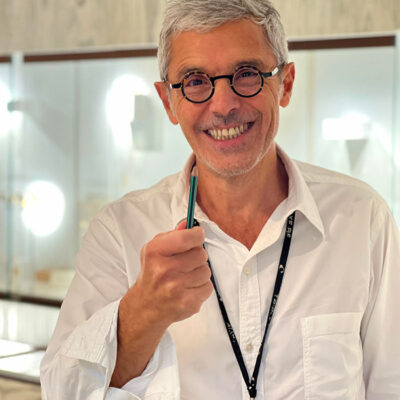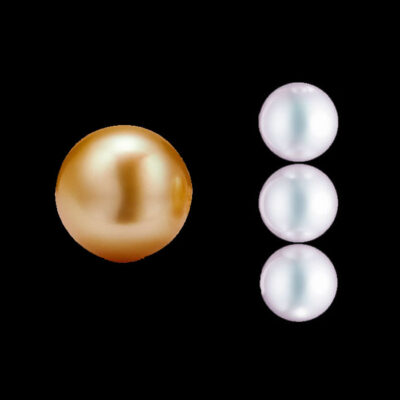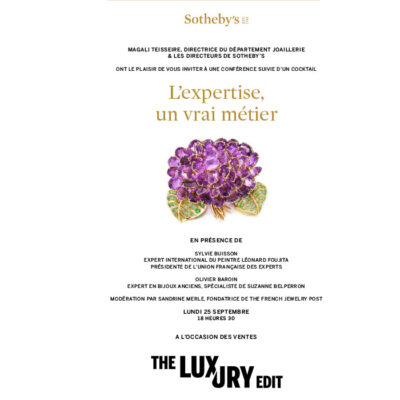Business
23 June 2021
Share
Brenda Kang: vintage jewelry in Asia
Vintage jewelry expert Brenda Kang opened a store in Singapore: Revival Jewels. A must for all Asian collectors, particularly those from China.
By Sandrine Merle.
Sandrine Merle. In 2013, was Singapore the best place to open a vintage jewelry store?
Brenda Kang. Probably not! Everyone advised me to open in Hong Kong instead, where the jewelry culture is far more developed. Here, where it is very hot all year round, jewelry doesn’t lend itself to casual outfits and there are very high taxes. But I wanted to come home after traveling such a lot for Christie’s: I’ve lived in New York, Paris, Milan, Shangai, and Geneva. I’ve also been able to grow a clientele in China through my relationships with clients, who then introduced me to friends and family. I also harnessed the power of the Internet.
S.M. Was Christie’s a good school for learning the ropes?
Brenda Kang. The best! I spent 15 years there, with a super-exciting period between 2006 to 2009. I was based in NYC where I was working for the Hong Kong department: everything moved very quickly, and I was seeing hundreds of pieces a day – some quite magnificent, like those of the collector Esmerian. At that time, the crisis was wreaking havoc throughout the world and the Chinese market was developing in leaps and bounds. Customers were investing with just one preoccupation: how much they could resell diamond bracelets and ruby and sapphire necklaces for. They hadn’t a clue about the artistic value of names like René Lalique or Castellani, or why they should pay $100,000 for enamel.
S.M. Yet you present an overview of the 19th and 20th centuries, encompassing Lalique, Belperron, Sterlé, Elsa Peretti and Cartier.
Brenda Kang. This is the stuff I love! Chinese customers have been absorbing information at top speed, rivaling those in Hong Kong or Taiwan. They came to vintage jewelry via Art Deco: a period that’s easy to get a handle on, because the pieces are symmetrical, and made of diamonds and platinum, with one outstanding piece: the double-clip brooch. But because of the astronomical prices (even for unsigned pieces), they are now turning to other periods. The social media are also playing a huge part in the spread of vintage jewelry, especially WeChat and Xiaohongshu (Little Red Book), a kind of ultra-popular Instagram. Influencers wear jewelry that gives ideas to my customers: they send me screenshots so I can find similar pieces. Hitherto a niche market, 19th century jewelry is becoming increasingly sought-after: flower brooches (especially tremblers, which are fun) and necklaces that double as bracelets or tiaras are hugely successful. People are wearing them at weddings and birthdays, as one of my customers did for her 50th. And yellow gold is gaining from the fact that we are going out less, because it’s perfect with everything, dressy or casual.
S.M. Do you have competitors in this market?
Brenda Kang. In Singapore: auction houses. In Hong Kong: one or two dealers like me. There’s also competition from the social media. A lot of young Chinese women living abroad are setting up as dealers without any inkling of jewelry culture. But they are making a go of it because they offer pieces in the $5,000 range – which is nothing for the majority of Chinese people. That’s barely what they’ll spend on a bag.
A new case: infatuation with antique jewelry in Asia
S.M. The world seems more than ever split in two…
Brenda Kang. I source vintage jewelry in the US and Europe and sell it in Asia. That makes total sense: on one side, there is the older generation, the collectors and prominent families; on the other, a growing market. Given all the lockdowns, the impossibility of traveling and the insane prices notched up at auction, I have diversified my sources – now mostly clients and collectors who send me images via WhatsApp or email. Occasionally I pick up things from new websites designed for vintage dealers, and now and again I source pieces from the smaller auction houses I follow on social media.
Buying and selling jewelry is all about relationships and fairs and shows will continue to be crucial!
Banner image: diamond brooch by Bulgari, brooch Serti Mystérieux in rubis and diamonds by Van Cleef & Arpels, gold and diamond necklace by Van Cleef & Arpels, diamond brooch
Thanks to Marie-Laure Cassius-Duranton


